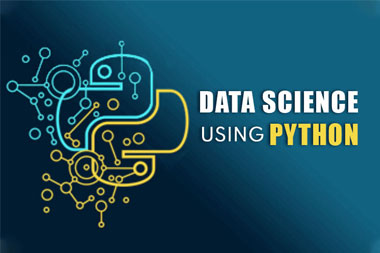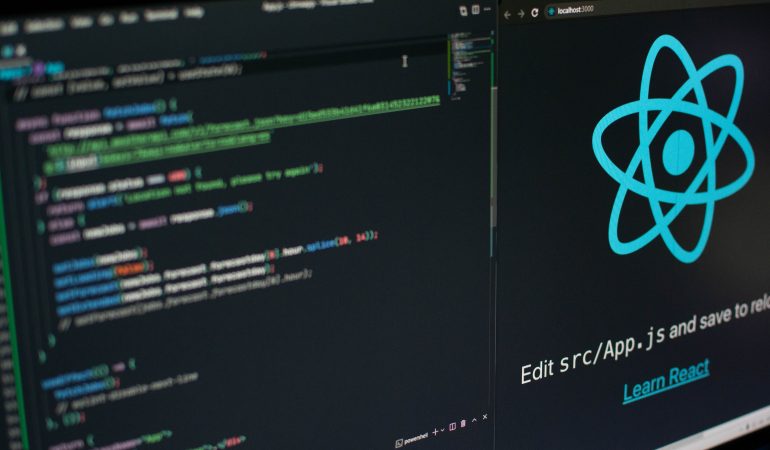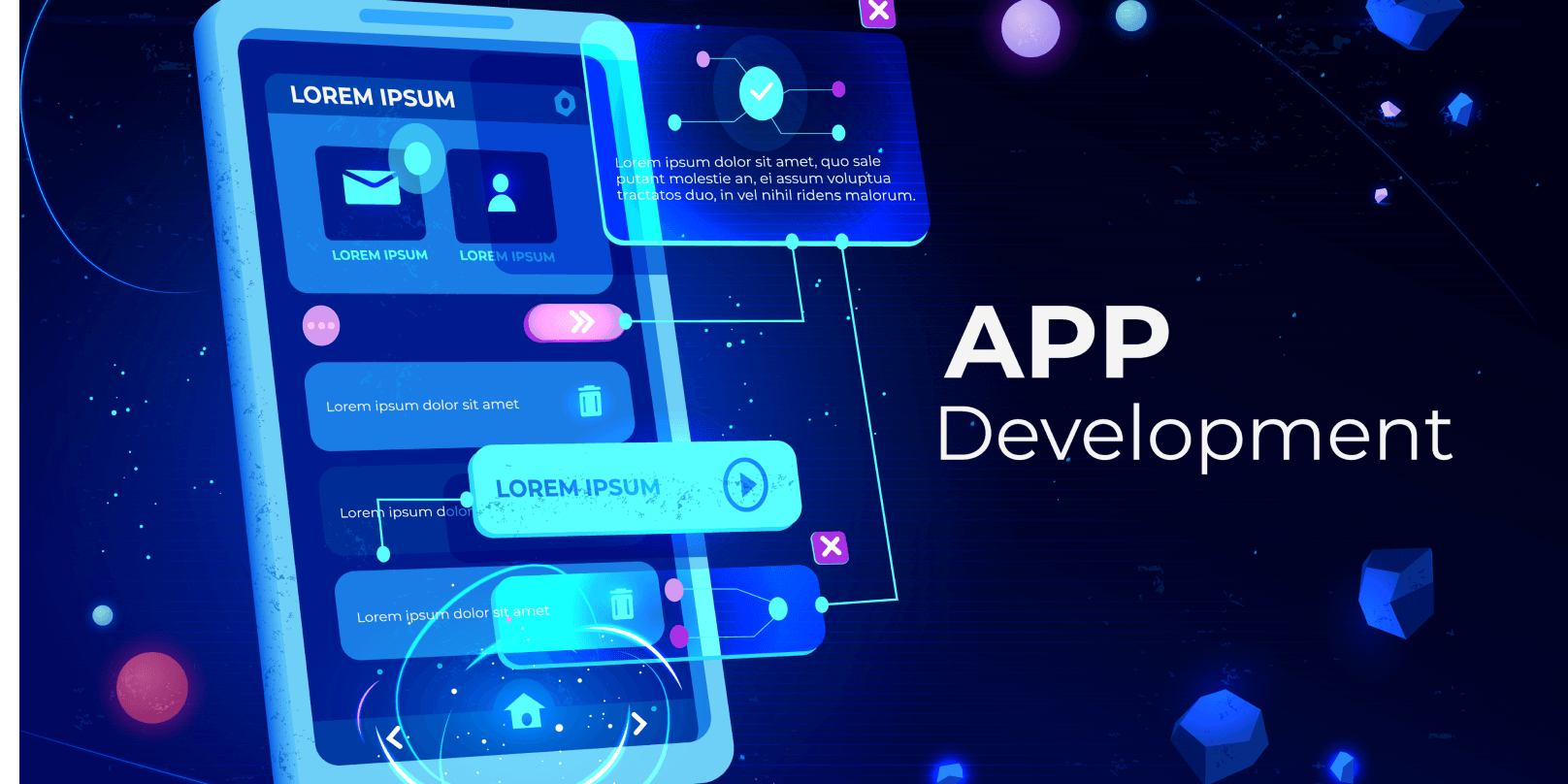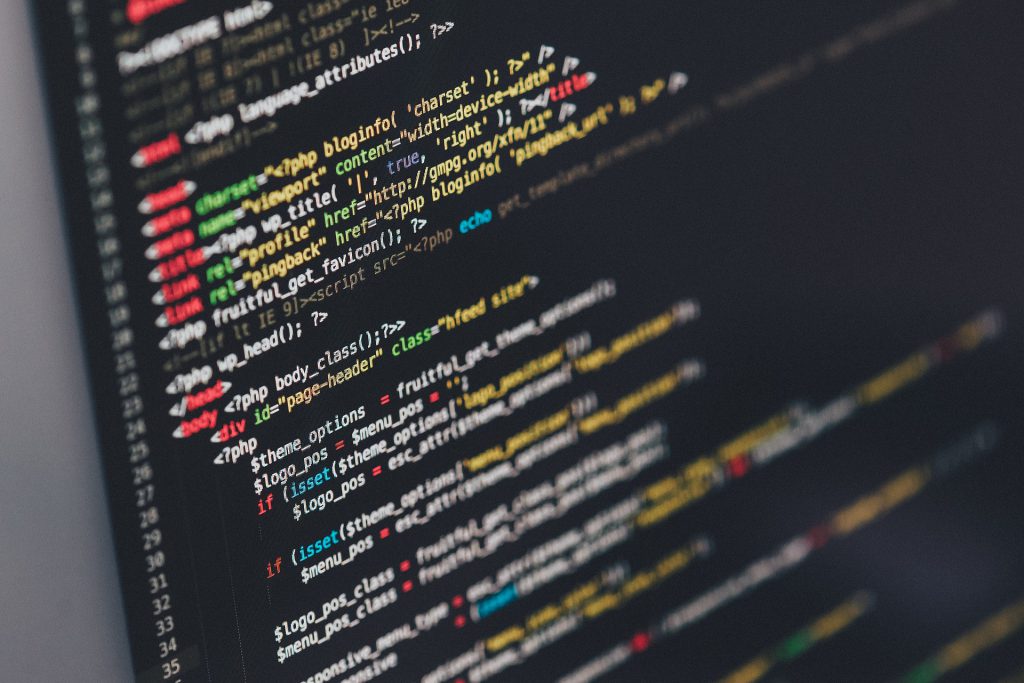Module 1: Introduction to Data Science
- 1.1 What is Data Science?
- Overview of Data Science and its applications
- Data Science vs Machine Learning vs AI
- The role of a Data Scientist
- 1.2 Tools and Libraries for Data Science
- Python for Data Science
- Introduction to Jupyter Notebooks
- Essential Libraries: Pandas, NumPy, Matplotlib, Seaborn
Module 2: Python for Data Science Basics
- 2.1 Python Basics for Data Science
- Variables, Data Types, Operators
- Control Flow (if, else, loops)
- Functions and Modules
- Working with Python’s standard libraries
- 2.2 Working with Data Structures
- Lists, Tuples, Sets, and Dictionaries
- List comprehensions
- Iterators and Generators
- 2.3 Data Handling and Manipulation with Pandas
- Introduction to Pandas
- DataFrames and Series
- Importing Data (CSV, Excel, SQL, JSON)
- Handling Missing Data
- Filtering, Grouping, Sorting Data
Module 3: Data Visualization and Exploration
- 3.1 Introduction to Data Visualization
- Importance of Visualization in Data Science
- Basic Plotting with Matplotlib
- Plotting with Seaborn (Histograms, Scatter plots, Box plots)
- 3.2 Advanced Visualization Techniques
- Heatmaps, Pairplots, Violin Plots
- Customizing Plots and Subplots
- Plotly for Interactive Plots
- 3.3 Exploratory Data Analysis (EDA)
- Analyzing Distribution of Data
- Identifying Outliers and Handling Them
- Correlation and Causation
- Feature Engineering and Transformation
Module 4: Statistical Analysis
- 4.1 Introduction to Statistics for Data Science
- Descriptive Statistics (Mean, Median, Mode, Standard Deviation)
- Probability and Distributions (Normal, Binomial, Poisson)
- Inferential Statistics (Hypothesis Testing, p-values)
- 4.2 Correlation and Regression
- Correlation Coefficients
- Linear Regression
- Multiple Regression Analysis
- Assumptions of Regression Models
- 4.3 Statistical Tests
- T-tests, Chi-Square Tests, ANOVA
- Confidence Intervals and Significance Tests
Module 5: Machine Learning with Python
- 5.1 Introduction to Machine Learning
- What is Machine Learning? Types of Machine Learning
- Overview of Supervised vs Unsupervised Learning
- Train-Test Split and Model Evaluation
- Cross-Validation and Hyperparameter Tuning
- 5.2 Supervised Learning Algorithms
- Linear Regression
- Logistic Regression
- Decision Trees and Random Forests
- Support Vector Machines (SVM)
- K-Nearest Neighbors (KNN)
- 5.3 Unsupervised Learning Algorithms
- K-Means Clustering
- Hierarchical Clustering
- Principal Component Analysis (PCA)
- DBSCAN
- 5.4 Model Evaluation and Improvement
- Accuracy, Precision, Recall, F1 Score
- ROC Curve and AUC
- Bias-Variance Tradeoff



